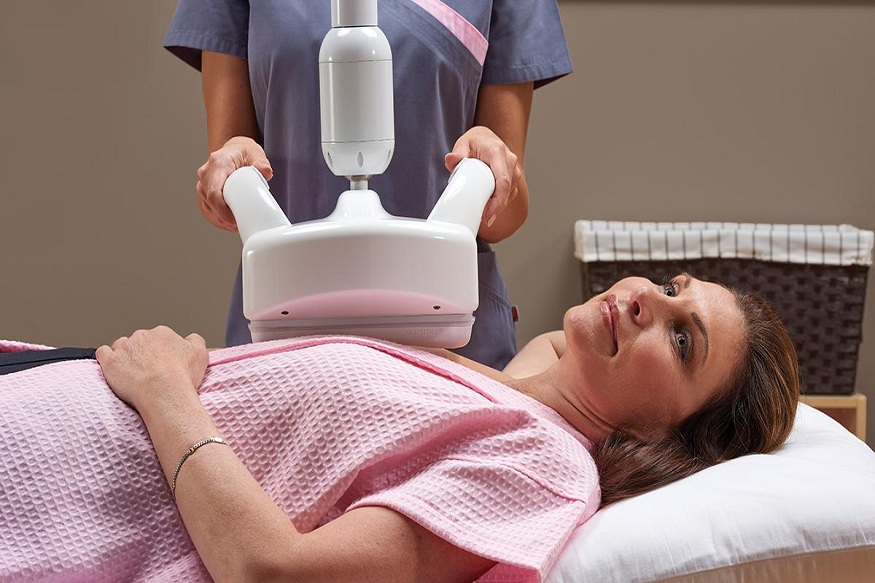Role Of Different Types Of Anesthesia Application In Childbirth.
The birth of a child is an event that should be as safe and pain-free as possible for both you and your baby. Labour is different and unique to each woman. The perception of pain in labour that you feel is different from what another person may feel. This depends on many factors, such as the level of pain tolerance, size and position of the baby, the intensity of uterine contractions and previous childbirth experiences.
So decisions about managing your labour pain should be made especially for you.
Some women achieve adequate pain management through breathing and relaxation techniques learned in pregnancy classes. But, for the vast majority, this technique complements what the anesthesiologist does.
Today, mothers opt for more significant pain relief during childbirth. This helps them to make your experience more pleasant.
The most frequently used anaesthesia is epidural, which is administered by an anesthesiologist in doses appropriate to the intensity of the pain and the stage of labour.
Analgesia and anaesthesia
Analgesia is the total or partial relief of pain sensation. Meanwhile, anaesthesia involves something more intense, such as the absolute blockage of pain and muscle activity.
The anesthesiologist should consider, in addition to pain relief, the baby’s state, the evolution of labour and your medical condition. Relieving your pain should not compromise the other elements mentioned.
There are several options for pain relief:
Analgesics: Medicines to relieve pain, which have different routes of administration, are called analgesics. These can help you bear the pain better, even if they don’t eliminate it. They are used in specific cases and with due caution since most cross the placenta and reach the child, causing drowsiness and respiratory depression at birth.
Local anaesthesia: Certain types of anaesthetics can be injected into the perineal area (edges of the vulva) at the delivery time. This produces anaesthesia in a small space, although it does not relieve the pain of the contractions.
Regional anaesthesia: Refers to epidural, spinal blocks or a mixture of them. The epidural block can be used during labour and in a cesarean section. The spinal block is used, preferably in the cesarean section and, on some occasions, during the expulsive work period.
regional locks
This way of managing pain in labour and delivery is trendy, given the comfort, it provides to the mother. Regional blockade (epidural or spinal) decreases the pain of uterine contractions and the feeling of pushing at the delivery time, thus allowing an awake and cooperative patient.
The best time to administer the regional block will depend on the presence of pain and the medical indication.
If the mother requests a regional block, the obstetrician and anesthesiologist will evaluate your situation and offer you the best alternative for you, considering your medical condition and that of your baby.
How is an epidural block performed?
This block is administered in the lower back, where the spine is located. The anesthesiologist puts a tiny plastic tube, called an epidural catheter, into the epidural space to be used during delivery.
The catheter is left attached to the back, through which the following doses of anaesthesia will be administered, depending on the onset of pain.
Different pain-relieving medications can be injected through the epidural catheter. In case of a caesarean section, an additional dose of anaesthesia necessary to carry out this operation will be administered through the same catheter.
How long does it take for the epidural block to take effect?
Since epidural drugs need to penetrate the nerves, the relief will be gradual and not immediate. Pain relief occurs within about 10 minutes from when the anaesthetic drug has been injected.
How sleepy will your body feel?
With the block, you will have relief from your pain, but you may still feel some pressure or a feeling of contraction. You will also be able to tell when you are examined by the midwife or your obstetrician without this being painful or uncomfortable for you. Depending on the circumstances and your baby’s condition, the anesthesiologist will adjust the degree of numbness, which may even be low enough to allow you to walk in the labour area.
How long does the effect of the epidural block last?
Eventually, the duration of analgesia can be extended as long as necessary. To achieve this, the previously inserted epidural catheter is used, through which anaesthetics are administered intermittently or continuously.
Immediately after delivery, it will be removed and progressively, after a few hours, your sensitivity will fully recover.
What are the risks of an epidural block?
Although rare, complications or side effects can occur, even when you are carefully monitored. Among the most frequent side effects are:
- Pruritus (itching) on the face and trunk.
- dizziness
- Numbness of the lower extremities.
- Decreased blood pressure.
Anaesthesia for Cesarean Births
In the case of cesarean delivery, epidural, spinal, or general anaesthesia can be administered safely. The choice of one of them will depend on several factors, including your medical conditions and those of your child.
In case of caesarean section: spinal or epidural anaesthesia?
In the case of a cesarean section, spinal anaesthesia is an excellent option. It is fast, low doses of drugs are used, and it has a sufficient anaesthetic intensity for the operation.
Epidural anaesthesia, for its part, is a good alternative in cases where surgery can be prolonged. By leaving an epidural catheter in place, additional doses can be given, prolonging anaesthesia as long as necessary.
When is general anaesthesia used?
General anaesthesia is used when epidural or spinal anaesthesia is not possible or because they are not the best options for medical reasons. This anaesthesia can be started quickly, and its use is preferred for urgent deliveries, either vaginally or by cesarean section. General anaesthesia is safe for you and your child.
One of the complications that can occur during general anaesthesia is due to food and liquid in the mother’s stomach, which could eventually cause nausea and vomiting. It is necessary to be prepared to prevent the involuntary aspiration of gastric contents. For this reason, the anesthesiologist takes extra precautions and is permanently concerned about these unforeseen events.
Therefore, remember that the pregnant woman should not eat or drink anything after labour has begun. Sometimes during delivery, small doses of water or ice are allowed with your doctor’s consent.



